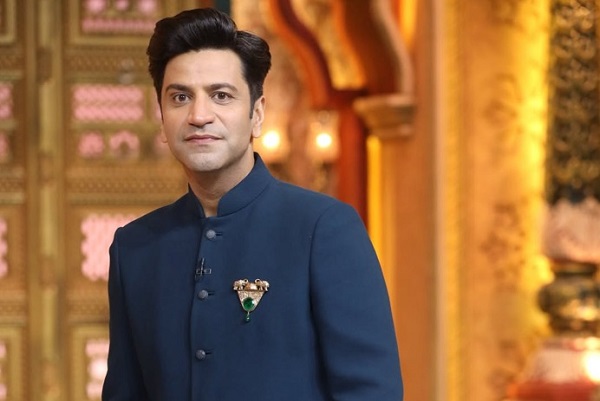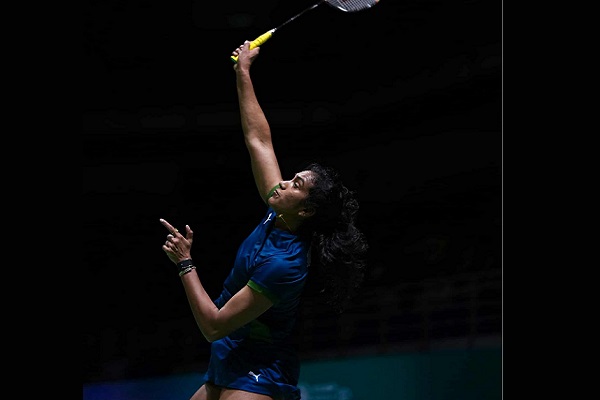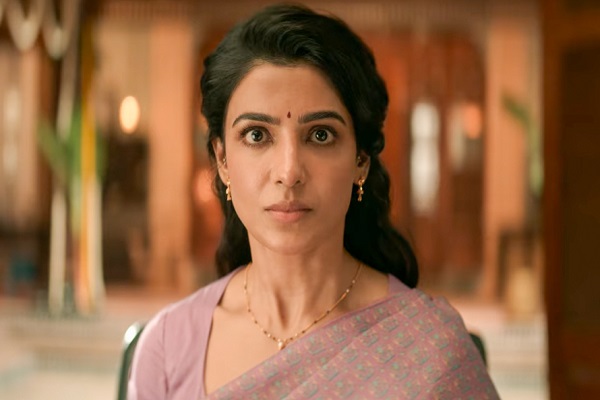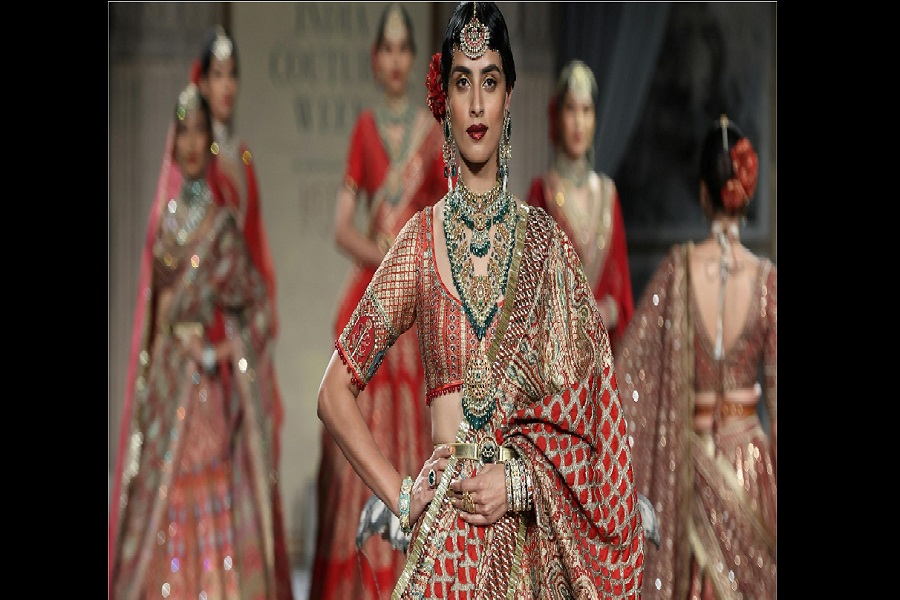Paithani Saree: A Regal Symbol of Maharashtrian Heritage
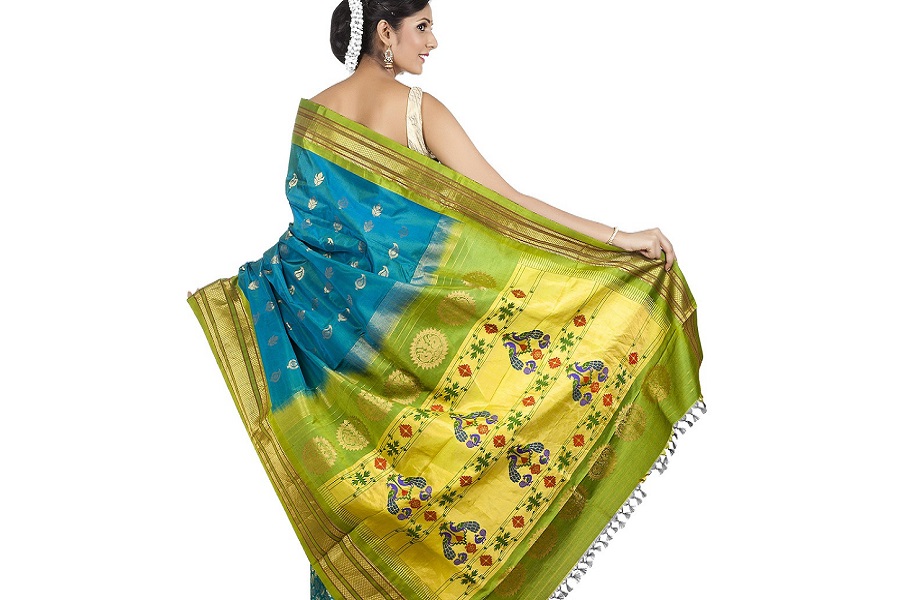
The Paithani saree is more than just a garment—it’s a rich tapestry of tradition, heritage, and artistry. Originating from the town of Paithan in Maharashtra, this handwoven silk saree is a pride of Indian craftsmanship and is considered a symbol of royalty and grace. With its exquisite zari borders, peacock motifs, and vibrant hues, the Paithani is a must-have in every traditional Indian wardrobe.
???? Historical Legacy
The Paithani saree traces its roots back over 2,000 years, during the Satavahana dynasty. It was once woven with real gold and silver threads, making it a luxurious possession of queens and aristocrats. Over time, the art form flourished under the patronage of the Peshwas and later evolved into a cultural symbol of Maharashtra.
???? Craftsmanship and Weaving Technique
Each Paithani saree is handwoven using pure silk threads and fine metallic zari. What makes it unique is the weaving technique known as the “tapestry method” or kadhiyal technique, where the border and pallu are interlocked separately without cutting the threads, giving it a seamless look.
It can take weeks or even months to complete a single saree, depending on its intricacy. The motifs—such as the lotus (kamal), peacock (mor), parrot (tota), and the signature “Narali” border—are created with painstaking detail.
???? Signature Designs and Colors
Paithani sarees are famous for their lustrous finish and stunning color contrasts. Some iconic color combinations include:
Gandhi Boarder (green with red)
Shirodak (white and gold)
Bangadi Mor (peacock with bangle motif)
Lotus Brocade (pallu with detailed lotus designs)
The dual-tone effect of Paithani—known as “shot color”—is achieved by using warp and weft of contrasting colors, creating a shimmering iridescent appearance.
???? A Bride’s Pride
In Maharashtrian weddings, a Paithani saree is more than an outfit—it’s a treasured heirloom. Brides often choose vibrant colors like purple, magenta, or peacock green with intricate golden motifs, making them look royal and timeless.
???? Modern Revival
While traditional Paithanis are still woven the classic way, designers today are innovating with lighter fabrics, pastel shades, and contemporary motifs to suit modern tastes. Yet, the essence remains untouched—luxurious, handwoven art with a soul.
???? Caring for Your Paithani
Due to its delicate weaving and expensive materials, Paithani sarees require gentle care:
Always dry clean.
Store it in a muslin cloth.
Avoid hanging for long durations to maintain the shape of the zari.
???? Conclusion
The Paithani saree is not just attire—it's a legacy passed from one generation to the next. It embodies the spirit of Maharashtrian pride and Indian craftsmanship. Whether worn during festivals, weddings, or special occasions, a Paithani saree never fails to make a regal statement.

















